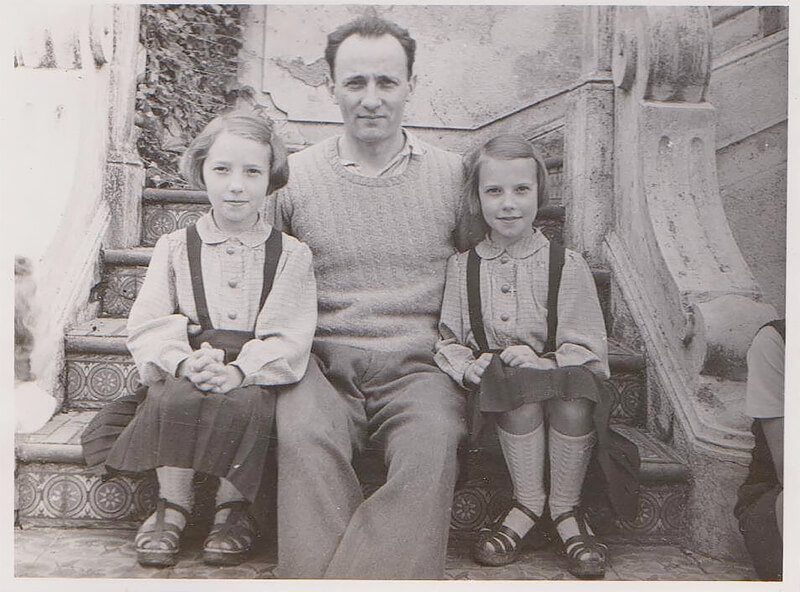Lucien Chauffard graphic designer, painter and photographer, was hired by the Renault factories, where he worked as a photographer. Then, head of the photo service, Lucien hired in April 1934 his friend Robert Doisneau at the time a beginner, the latter will learn and gain confidence thanks to him, but he will then be fired in 1936 because of repetitive delays. The two friends will collaborate in the 50s, on commercials for Simca, don the logo Hirondelle will be drawn by Lucien. Other encounters will come across the path of the artist, as the filmmaker Maurice Cloche, the airwomen Hélène Boucher and Madeleine Carnoux, the photographer Vigneau and also the sailor Eric Tabarly. However, Lucien Chauffard will remain unknown unlike his friend who will make the career that we know.
Michèle Labonde, the former wife of Lucien Chauffard's grandnephew, has recovered the works of the forgotten artist to unveil them to the general public.
